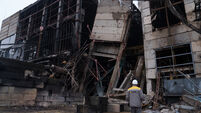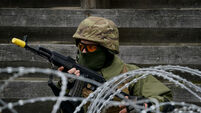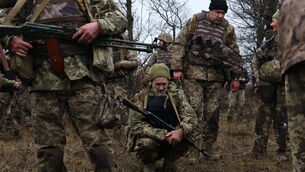Hospital ship brings tales of hope
The US Navy Ship Comfort took aboard more trauma victims in the first four days after Haiti’s earthquake than those it carried during both Iraq wars.
The near 900-foot long vessel – bigger than the Titanic – can treat 1,000 patients. Only its sister ship, the USNS Mercy, is the same size.














